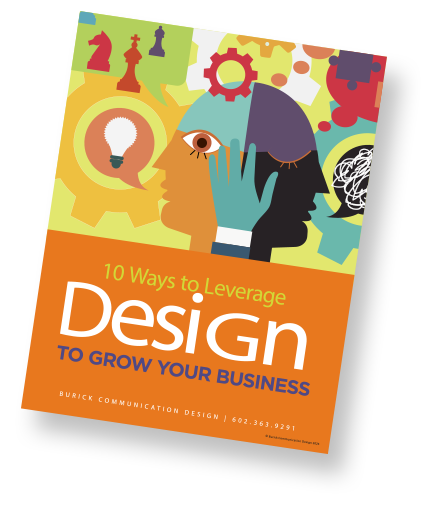
Where Science Meets Art: STEM Evolving into STEAM
You’ve surely heard the statistics about the trends in STEM (a.k.a., science, technology, engineering, and math) careers. Only 16 percent of American high school seniors are proficient in mathematics and interested in STEM careers, and the majority of them aren’t ready for college-level science and math courses. In addition, only 10 percent of STEM college degrees are awarded to women.
While there is some debate about whether this represents a crisis or is simply part of the natural business cycle, the Rhode Island School of Design (RISD) is championing an interesting movement within the larger context: STEAM, which injects art and design into STEM. The concept is that art and design serve a transformational role in driving innovation – and therefore deserve to be a part of research policy and integration in K-20 education. To maximize its potential, technology needs an artistic and aesthetic component that facilitates our interaction with devices and each other.
Instilling Art and Design into Science
The classic example, of course, is Apple: By focusing on the user’s ability, purpose, and needs (rather than just the technology itself), today’s computer and mobile graphical user interfaces (GUI) are designed from a human perspective. (For a contrary example, think back to the VCRs of yesteryear, which seemed like they communicated in a foreign language — and would be left blinking “12:00” due to their user-unfriendliness.) By making the complex simple, Apple succeeded in making technology accessible to humans in a way that creates an emotional connection. (Don’t get between an Apple fan and his or her iWhatever!)
“It’s not just what it looks like and feels like,” Steve Jobs famously said. “Design is how it works.” The visual and tactile balance, the aspect ratios, and the artistic decisions Jobs made had an incredible impact on the use of the technology. He understood, maybe better than anyone, how interface design makes or breaks interaction. Poorly designed interfaces create barriers to usability, regardless of how amazing the underlying technology might be. Design is what creates the optimum relationship between humans and technology.
As complexity is added to digital devices, the more important good user interface design and the product design itself become. Stories are told and ideas are sold through the impact of visual communications and design. Design is the vehicle with which visual clutter and noise is controlled and friction is reduced. As devices have evolved, physical dials, buttons, and switches have been replaced with virtual proxies in the form of digital images. Shape, color, dimensionality, and thus usability, are determined by visual design rather than plastics, rubber, metal or other tactile materials.
Astra Gains STEAM
The challenge for today’s online environment and digital sales, marketing, and educational tools – including web interface design – is the ability to evaluate the user experience in light of human interaction, and not just from an analytical data or programmer’s perspective.

Astra Women’s Business Alliance, with the sponsorship of Microsoft, has taken a lead role cultivating new graduates in the STEAM talent pool. Their program, launched with the 2014 Inaugural Astra Women’s Business Alliance S.T.E.A.M. Summit on November 13-14, is designed to inspire, encourage and stimulate interest in the next generation of women entrepreneurs through education and growth opportunities.
“When asked why we chose the word STEAM versus STEM in launching our new initiative last year for young girls, we did research and found that more educational organizations were adding an ‘A’ because the arts has always been a key component to society’s growth in advancing the human experience,” said Diane McClelland, president & co-founder of Astra. “Astra wants to encourage arts as a tool to increase curiosity and innovation with our youth, which can lead to attracting more young girls into the pursuit of science and technology because it can be fun and collaborative.”
Astra engaged Burick Communication Design (BCD) to design a brand logo marque to promote this program to students, organizations, and corporations. Approaching the project with information and data gained from social intelligence, a design mindset, and adaptive thinking — skills necessary for the workplace of the future—BCD combined iconic graphic themes of discovery, women, art, and science, and integrated them with a contemporary typographic treatment to create an inviting visual solution. The tagline expressed the purpose of the program and identified the target demographic.
The “A” that’s been added to STEM to create STEAM wouldn’t be necessary if you could remove humans from the equation, or if we all had degrees in computer science. The reality is, however, that everything from manufacturing equipment and robotics, to surgical/medical and educational devices, demands a common language to translate technology into human terms. As organizations such as RISD, Astra, and Microsoft push the movement forward, it’s clear that STEAM will play a key role in the evolution of key technologies — and the people who create them.
Find out how Eileen and her team at Burick Communication Design can help savvy marketers like you implement an integrated campaign with stunning digital design that connects your marketing and branding with business results. Download your BCD Fact Sheet here.










